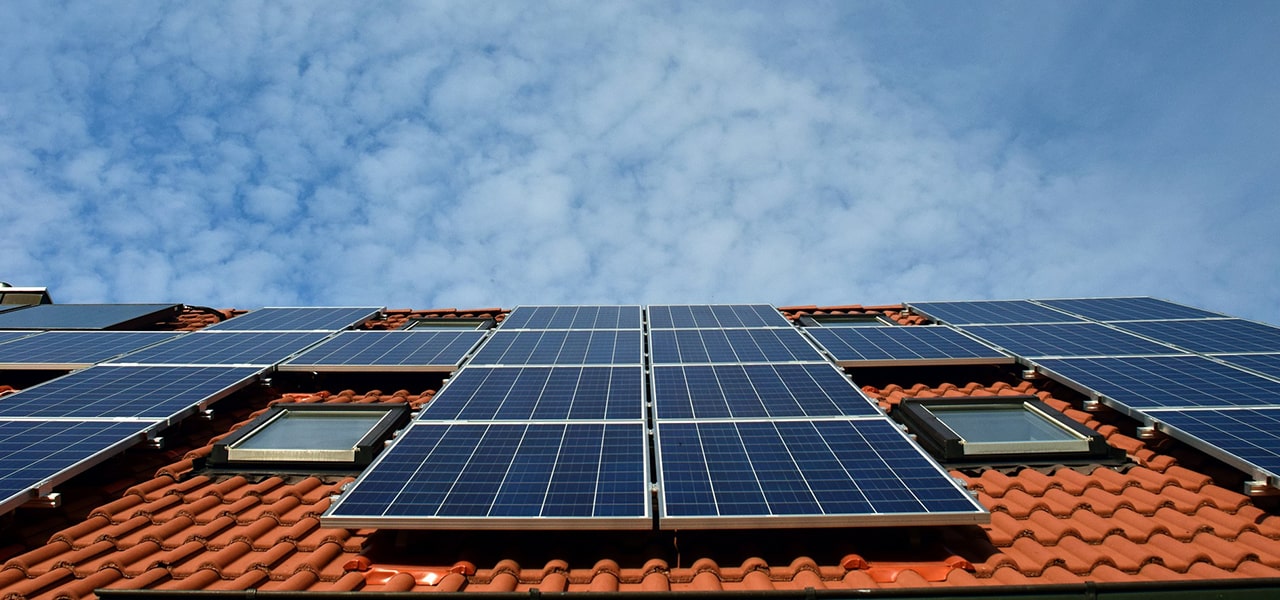New Material to Make Concentrated Solar Power Cheaper
Concentrated solar power (also called concentrating solar power, concentrated solar thermal and CSP) System generates Solar Power by using mirrors or lenses to concentrate a large area of sunlight, or solar thermal energy, onto a small area.
Concentrating Solar power technologies use mirrors to concentrate the sun’s light energy and convert it into heat to create steam to drive a turbine that generates electrical power. CSP technology utilizes focused sunlight. Then heat is channeled through a conventional generator.
How concentrating solar power works does
Concentrating solar power plants use mirrors to concentrate the energy from the sun to drive traditional steam turbines or engines that create electricity. The thermal energy gathered in a CSP plant can be stored and used to produce electricity when it is needed, day or night.
Difference between Photovoltaic and concentrated solar power:
A photovoltaic system converts sunlight into electricity by means of PV cells made of semiconductor materials. Concentrating solar power systems concentrate the sun’s energy using reflective devices such as troughs or mirror panels to produce heat that is then used to generate electricity.
Advantages of Concentrated Solar Power
One of the advantages of concentrated solar power systems is that they closely resemble most of the current power plants. For example, much of the equipment now used for conventional, centralized power plants running on fossil fuels can be used for concentrated solar power plants. CSP just substitutes the utilization of concentrated solar power instead of combustible fossil fuels to produce electricity. This implies concentrated solar power can be incorporated fairly easily into today’s electric utility grid. This likewise makes concentrated solar power technology the most cost-effective solar option for large-scale electricity generation.
Moreover, concentrated solar power production has been shown to create more permanent jobs stimulate the economy as compared to its natural gas counterparts. Consider the statistics from the state of California.
Each dollar spent on concentrated solar power generation contributes roughly $1.40 to California’s Gross State Product. By correlation, every dollar spent on natural gas plants contributes about $0.90-$1.00 to Gross State Product.
The 4,000 MW deployment scenarios were estimated to create about 3,000 permanent jobs the ongoing operation of the plants. For every 100 MW of creating a limit, concentrated solar power production was assessed to produce 94 perpetual occupations compared to 56 employment and 13 employment for combined cycle and simple cycle plants, respectively.
Ecological Advantages of concentrated solar power
A huge environmental benefit that should not be overlooked is that simple and non-polluting concentrated solar power technology can be deployed relatively quickly and can contribute substantially to reducing carbon dioxide emissions. Each concentrated solar power plant gives emanations decreases contrasted with its natural gas counterpart; the 4,000 MW scenario in this study offsets around 300 tons per year of NOx emissions, 180 tons of CO discharges every year, and 7,600,000 tons every time of CO2.
However, the expense of these technologies is still high to enter the worldwide market on a bigger scale, and needs to decrease before such an entry can be possible. Today, concentrated solar power technology has a cost somewhere close to those of Photovoltaics and wind (1W=4EUR). Subsequently, extra substantial scale research efforts are necessary to further advance concentrated solar power technology to make it profitable and compatible as an alternative source of clean energy.
In any case, the expense of these advancements is still high to enter the worldwide market on a bigger scale and needs to diminish before such a passage can be conceivable. Today, concentrated sun based power innovation has a cost somewhere close to those of Photovoltaics and wind (1W=4EUR). Subsequently, extra expansive scale inquire about endeavors are important to additionally progress concentrated sun based power innovation to make it productive and good as an elective wellspring of clean vitality.
New material used to reduce the cost of concentrated solar power:
“Storing solar energy as heat can already be cheaper than storing energy via batteries, so the next step is decreasing the expense of producing electricity from the sun’s heat with the added advantage of zero greenhouse gas emissions,” says Kenneth Sandhage, a professor materials engineering at Purdue University.
At the present time, those heat exchangers are made of stainless steel or nickel-based alloys, but they get too soft at the desired higher temperatures and the elevated pressure of supercritical carbon dioxide. Professor Sandhage has been working together with scientists at the Georgia Institute of technology, the University of Wisconsin – Madison, and Oak Ridge National Laboratory to develop new materials that can be utilized in heat exchangers that work at those higher temperatures. The consequences of their research have been published recently in the journal Nature.
The scientists looked at the materials used to make nozzles for solid fuel rocket engines and created new heat exchangers produced using zirconium carbide and tungsten that can withstand the high temperature, high weight supercritical carbon dioxide required for generating electricity more efficiently. A monetary examination by Georgia Tech and Purdue researchers also showed that the scaled-up assembling of these heat exchangers could be conducted at comparable or bring down expense than for stainless steel or nickel alloy-based ones.
“At last, with proceeded development, this technology would allow for large scale penetration of renewable solar energy into the electricity grid,” Sandhage says. “This would mean emotional decreases on human-made carbon dioxide emissions from electricity production”. What a delicious irony that carbon dioxide – the molecule responsible for most global warming – could be used to help reduce carbon emissions from the energy generation sector.

